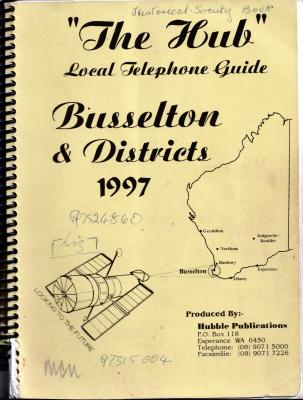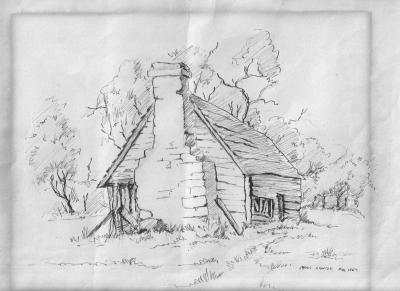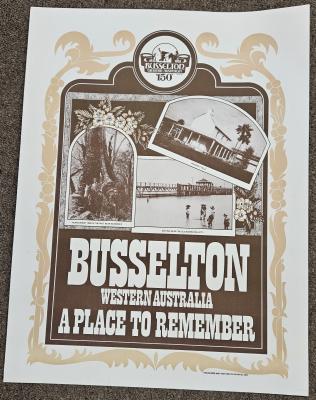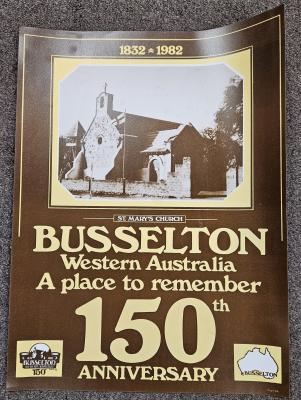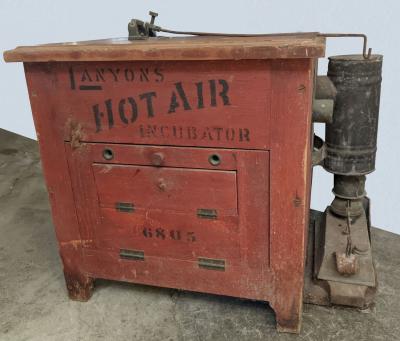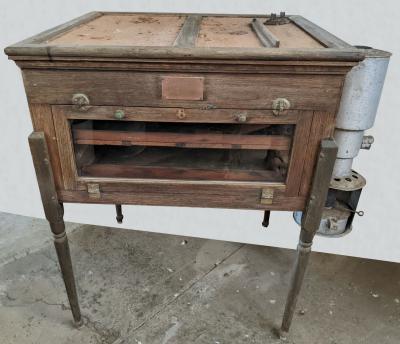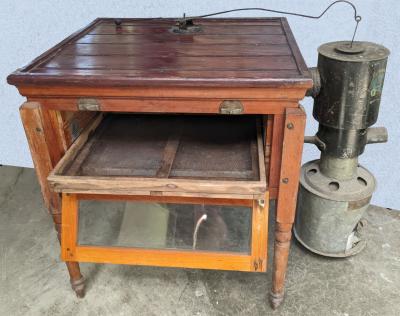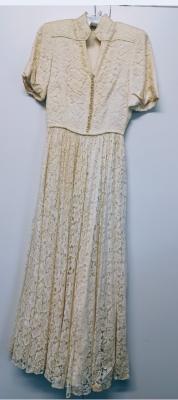E Flat Alto Saxophone
c. 1920E Flat Alto Saxophone Eb Serial No 246480 True Tone Model with original case.
The Buescher True Tone series were the first saxophones made by Gus Buescher, with the pre-1904 models being very close in design to the original Adolph Sax instrument. All of the Buescher True Tone models had soldered tone holes, split bell keys and the early models had a double octave mechanism. These instruments had a higher pitch than modern day instruments and haven't been played in bands post WW2.
The design for the saxophone was patented in Paris in 1846 and unlike many instruments today it was invented by a single individual. Its inventor, Adolphe Sax (1814-1894), was a Belgian musical instrument designer who could play many wind instruments. He invented the saxophone to satisfy his desire to create an instrument that combined the best qualities of brass and woodwind.
Elkhart, Indiana, is known as the capital of American band instruments being the home of instrument makers such as Buescher, Conn, and Martin.
The website https://jazzfuel.com/ has this to say about the history of the Buescher company who manufactured this saxophone.
"Buescher was founded by Ferdinand August “Gus” Buescher in 1893. Working at the Conn band instrument factory from 1876 until 1894 he built Conn’s first saxophone which was based on an early Adolph Sax model. Eventually, in 1894 he quit the Conn factory and set up his own company called “Buescher Manufacturing Company” in Elkhart, Indiana. They became Conn’s main competitor with their trademark named band instruments “True Tone.” Following a fire accident in 1903, the company was renamed “Buescher Band Instrument Company” highlighting their main focus.
In 1916 Mr Buescher sold the majority of his shares to six businessmen. One of these investors was Andrew Hubble Beardsley who later established Elkhart Band Instrument with Conn’s president Carl Dimond Greenleaf who served as secretary-treasurer in the new company. Beardsley became president of the company in 1919, and Buescher remained vice-president and general manager until 1929 when he resigned from these positions and stayed at the company as a consultant engineer.
In 1926 Buescher Band Company was merged with Beardsley’s other company Elkhart Band Instrument Company (it is unsure which company bought the other). When Beardsley died in 1936 the company was dissolved, however, Buescher kept using the Elkhart brand for its line of student instruments until 1959. The Buescher company kept producing high-end professional saxophones such as the “True Tone”, “New Aristocrat”, “Buescher Aristocrat” and the “400” until 1963 when the company was bought by “H&A Selmer Company” (known as Conn-Selmer from 2003)."
Details
Details
The bell of this saxophone shows the following inscription embedded in a engraved floral design
THE
BUESCHER
EKHART
---IND---
.U.S.A.
The saxophone has always been made of brass since it was first invented however it is classified a woodwind instrument due to the principles by which it produces sound with a vibrating reed.
This Saxophone was donated by Busselton Historical Society member John Piper who is a long-term resident of Busselton and the longest serving member of the Busselton Brass Band. John was born in Collie in 1937 and started playing with the Busselton Brass band in 1950 when he was just 12 years old and is still playing at the time of writing, in 2024. John is an accomplished musician who plays the clarinet, saxophone and all brass instruments excepting the trombone. During his time with the Busselton Brass Band John played the tenor horn and cornet and also served as conductor for 10 years from 1960. John’s fondest memories of his time with Busselton Brass were trips to Melbourne and Hobart for the national championships and a trip to Sydney for the Australia Pacific Music Festival.
Busselton Brass was established in 1871 and has served the Busselton community continuously excepting for short breaks during WW1 and WW2. The Band has competed (and won on many occasions) at the Queen’s Cup, which is a local South-West Band Competition, as well as at State and National Championships and the International Music Festival in Sydney.
John was given this saxophone by an older Busselton gentleman who knew of his love for both current and obsolete musical instruments.
Other items from Busselton Historical Society
- Recipe Book - "The Busselton Settlers Cookbook"
- Booklet - "The Part They Played: a collection of stories about women in the South West"
- Telephone Directory - "The Hub" Local Telephone Guide, Busselton & Districts (1997)
- Sketch of Quindalup School
- Sketch of Wonnerup School
- Poster - Busselton 150th Anniversary 1832-1982
- Poster - Busselton 150th Anniversary 1832-1982
- Egg Incubator, Lanyons
- Powder Compacts
- Egg Incubator, Perth Standard
- Egg Incubator, Prairie State
- Wedding Dress - Irean Godfrey (nee Smith)

Scan this QR code to open this page on your phone ->



